

Articles
What Is The Difference Between Porch And Deck
Modified: January 24, 2024
Discover the key distinctions between a porch and a deck in this informative article. Gain insights on design, material options, and suitability for your outdoor living needs.
(Many of the links in this article redirect to a specific reviewed product. Your purchase of these products through affiliate links helps to generate commission for Storables.com, at no extra cost. Learn more)
Introduction
A porch and a deck are both outdoor structures that can enhance the beauty and functionality of your home. They provide a space where you can relax, entertain guests, and enjoy the outdoors. While porches and decks may seem similar, there are actually key differences between them in terms of design, materials, and purpose.
In this article, we will delve into the distinct features of porches and decks and explore the various factors to consider when deciding which one is best for your home.
Key Takeaways:
- Porches offer shelter, privacy, and enhanced curb appeal, making them ideal for seamless indoor-outdoor transitions. However, they may require higher maintenance and come at a higher cost compared to decks.
- Decks provide versatility, scenic views, and lower maintenance requirements, offering a cost-effective and open-air space. While lacking the same level of protection as porches, decks offer flexibility and customization options.
Definition of a Porch
A porch is an enclosed or partially enclosed structure that is attached to the front, side, or back of a house. It typically has a roof and may have walls, although it can also be open on one or more sides. Porches are designed to provide a covered space where homeowners can enjoy the outdoors while still being protected from the elements.
Porches are often characterized by their prominent entrance and are commonly used as a transitional space between the interior and exterior of a home. They can serve as a welcoming area for guests, a place to relax and enjoy the view, or even as a functional extension of the indoor living space.
Porches can be constructed using various materials, including wood, concrete, brick, or even composite materials. The choice of material depends on factors such as budget, architectural style, and personal preference.
Whether small and cozy or large and spacious, porches can be customized to suit specific needs and aesthetics. They can be decorated with furniture, plants, lighting, and other elements to create a warm and inviting atmosphere.
Definition of a Deck
A deck, on the other hand, is an outdoor platform that is typically built at ground level or elevated from the ground. Unlike a porch, a deck is not directly attached to the house and is usually freestanding. It is constructed using a series of supporting beams, posts, and joists, and is often made of wood, composite materials, or PVC.
Decks are designed to provide an outdoor space for various activities such as dining, entertaining, sunbathing, and enjoying the surrounding landscape. They can be built to accommodate different levels and can even feature integrated seating, railings, stairs, and other design elements.
Decks are commonly found in the backyard or in outdoor areas with scenic views. They offer a versatile and open-air space where homeowners can relax and enjoy the outdoors. Due to their elevated position, decks can provide a sense of privacy and an unobstructed view, making them an ideal spot for enjoying a morning coffee or hosting a barbecue.
It is important to note that while decks can be placed close to the house, they are not considered to be an integral part of the home’s structure like a porch. This means that decks are subject to local building codes and regulations, and may require permits depending on the size and height of the structure.
Materials Used for Porches and Decks
When it comes to porches and decks, there is a wide range of materials available for construction. The choice of material depends on factors such as budget, durability, maintenance requirements, and desired aesthetics.
For porches, the most common materials used include:
- Wood: Wood is a popular choice for porch construction due to its natural beauty and versatility. It can be painted, stained, or left unfinished to showcase the grain. However, wood requires regular maintenance to prevent rotting, warping, and insect damage.
- Composite: Composite materials, such as composite lumber or vinyl, are becoming increasingly popular for porches. They offer the look of wood but are more resistant to moisture, rot, and pests. Composite materials also require less maintenance and are available in a variety of colors and textures.
- Concrete: Concrete is a durable and low-maintenance option for porches. It can be stamped, stained, or textured to mimic other materials like stone or brick. However, concrete can be more expensive than other options and may crack over time.
- Brick or Stone: Porches can also be constructed using traditional brick or stone. These materials provide a timeless and elegant look but can be more expensive and labor-intensive to install.
For decks, the materials commonly used include:
- Wood: Pressure-treated lumber is a popular choice for deck construction due to its affordability and availability. Cedar and redwood are also commonly used for their natural beauty and resistance to rot and insects. However, wood decks require regular maintenance, including staining and sealing.
- Composite: Composite materials like wood-plastic composites (WPC) and capped composite decking offer the look of wood with minimal maintenance. They are resistant to moisture, fading, and staining. Although composite decks are more expensive upfront, their durability and longevity make them a cost-effective option in the long run.
- PVC: PVC (polyvinyl chloride) decking is another low-maintenance option. It is resistant to moisture, mold, and mildew, making it suitable for areas with high humidity or near water sources.
- Aluminum: Aluminum decking is a lightweight and durable option that is resistant to rust and corrosion. It is typically more expensive than other materials but offers a modern and sleek look.
Ultimately, the choice of material for your porch or deck will depend on your specific requirements, budget, and personal preference. It is important to consider factors such as durability, maintenance, and aesthetics when selecting the right material for your outdoor structure.
Construction Methods for Porches and Decks
Both porches and decks require careful construction methods to ensure stability, safety, and longevity. The specific construction methods may vary depending on factors such as the materials used, the desired design, and local building codes. Here are some common methods used for building porches and decks:
Foundation and Support: The foundation is an essential component of both porches and decks. For porches, the foundation is typically a continuous concrete footing that provides stability and prevents settling. Decks may be built on concrete footings, helical piers, or sonotubes. The support structure, including beams, posts, and joists, is then constructed on top of the foundation.
Frame and Substructure: The frame or substructure supports the decking material and provides stability. For porches, the frame may be made of wood or steel, depending on the design and requirements. Decks generally use pressure-treated lumber or engineered wood products for the frame and substructure.
Decking Installation: The decking material is placed on top of the substructure and secured in place. For porches, the flooring material can be wood planks, composite decking, or even stone or tile. Decks commonly use wood boards, composite decking, or PVC decking.
Fasteners: Proper fastening is crucial for the structural integrity of porches and decks. Nails, screws, or specialized fasteners are used to secure the various components together. For decks, hidden fastening systems are often used to create a clean and polished look.
Railings and Balusters: Depending on local building codes, porches and decks may require railings for safety. Railings are typically made of wood, metal, or composite materials. Balusters or spindles are installed between the railing posts to provide additional support and prevent falls.
Finishing Touches: Once the main structure of the porch or deck is complete, finishing touches can be added. This includes trim, fascia, lattice skirting, and any decorative elements that enhance the overall appearance.
It is important to work with a professional contractor or follow local building codes and regulations when constructing porches and decks. They will ensure that the structure is built safely and up to code, considering factors such as weight-bearing capacity, weather resistance, and proper ventilation.
By following sound construction methods, you can create a porch or deck that is not only aesthetically pleasing but also sturdy, durable, and built to last for years to come.
A porch is typically a covered area at the front of a house, while a deck is an uncovered outdoor platform usually at the back. Consider the purpose and location when deciding between the two for your home.
Purpose and Function of Porches and Decks
Porches and decks serve distinct purposes and offer different functions when it comes to enhancing outdoor living spaces. Understanding their unique roles can help you determine which option is best suited for your needs. Here are the purposes and functions of porches and decks:
Purpose of Porches:
- Welcoming Entrance: Porches often serve as the main entrance to a house, providing a welcoming and inviting space for visitors.
- Transitional Space: Porches bridge the gap between indoor and outdoor living, creating a seamless transition between the two. They can be an extension of the living space, serving as an additional area for lounging, dining, or entertaining.
- Shelter from the Elements: With a roof and walls, porches offer protection from rain, sun, and other weather conditions. This allows homeowners to enjoy the outdoors even during inclement weather.
- Enhanced Curb Appeal: A well-designed porch can significantly improve the curb appeal of a house, adding character, charm, and value to the property.
- Social Gathering Space: Porches provide a space for socializing and connecting with neighbors and friends. They are ideal for hosting small gatherings, enjoying a cup of coffee, or simply watching the world go by.
Function of Decks:
- Outdoor Living and Entertainment: Decks are primarily designed for outdoor living and entertainment purposes. They provide an open-air space for activities like dining, grilling, sunbathing, and relaxing.
- Scenic Views: Elevated decks offer a vantage point to enjoy panoramic views of the surrounding landscape, whether it’s a backyard garden, scenic mountains, or a sparkling ocean.
- Flexibility and Customization: Decks offer flexibility in terms of design and layout. They can be built at various heights, levels, and shapes to accommodate specific needs, such as creating separate areas for lounging, dining, or hot tubs.
- Privacy and Solitude: Decks can create a private oasis, allowing homeowners to escape from the hustle and bustle of daily life and enjoy some solitude in their outdoor space.
- Connection to Nature: Decks provide a space to connect with nature. Whether it’s enjoying the fragrance of flowers, the sound of birds chirping, or feeling the gentle breeze, decks offer a tranquil environment to embrace the outdoors.
Ultimately, the purpose and function of porches and decks depend on your individual preferences and lifestyle. Whether you desire a cozy and sheltered space or an open and versatile outdoor area, both porches and decks can enhance your home and provide a place to enjoy the beauty of nature.
Design Considerations for Porches and Decks
When planning the design of your porch or deck, there are several key considerations to keep in mind. From choosing the right layout to selecting materials and adding decorative elements, these design considerations will help you create a space that meets your aesthetic preferences, functional requirements, and budget. Here are some important factors to consider:
Layout and Size: Determine the size and layout of your porch or deck based on the available space and intended use. Consider factors such as the shape of your house, the orientation to the sun, and any existing architectural features that you want to highlight or work around.
Materials: Select materials that align with your design vision and practical requirements. Consider factors such as durability, maintenance, and how the materials will complement your home’s exterior. Common materials for porches and decks include wood, composite, concrete, brick, and stone.
Roofing: Decide whether to have a roof on your porch or deck. A roof can provide shade, protection from rain, and a more polished look. Consider the roof style, such as a gable, hip, or shed roof, and how it fits with the overall aesthetic of your home.
Railings and Balustrades: If your porch or deck is elevated or if local building codes require it, select railings and balustrades that enhance both safety and aesthetics. Options include wood, metal, glass, cable, and composite materials.
Furnishings and Accessories: Think about the furniture and accessories you’ll use to furnish your porch or deck. Consider the size, style, and functionality of the furniture, as well as any decorative elements like lighting, plants, and outdoor rugs. Make sure to choose pieces that are weather-resistant and suit your personal taste.
Lighting: Incorporate proper lighting to enhance the functionality, safety, and ambiance of your porch or deck. Consider options such as overhead lights, wall-mounted fixtures, string lights, and pathway or stair lighting.
Privacy and Screening: Depending on your preference and the location of your porch or deck, consider ways to provide privacy and screening. This can be achieved through the use of trellises, lattices, pergolas, screens, or strategically placed landscaping.
Building Codes and Permits: Before beginning any construction, familiarize yourself with local building codes and permit requirements. Ensure that your porch or deck adheres to these regulations and obtain any necessary permits.
Budget: Determine your budget early on to guide your material and design choices. Be sure to factor in costs such as materials, labor, permits, and ongoing maintenance.
By carefully considering these design elements, you can create a porch or deck that is not only visually appealing but also functional, comfortable, and well-suited to your lifestyle and preferences.
Maintenance and Upkeep of Porches and Decks
Maintaining and regularly caring for your porch or deck is essential to ensure its longevity, safety, and appearance. Proper maintenance practices can help prevent damage, extend the lifespan of your outdoor structure, and keep it looking its best. Here are some key maintenance considerations for porches and decks:
Cleaning: Regularly clean your porch or deck to remove dirt, debris, and stains. Use a mild detergent, water, and a soft brush to scrub the surface. Avoid using harsh chemicals or abrasive cleaners that can damage the materials.
Sealing and Staining: Depending on the material used for your porch or deck, you may need to periodically seal or stain it to protect it from moisture, UV rays, and fading. Wooden surfaces, in particular, require regular sealing or staining to prevent rotting, warping, and insect damage. Follow the manufacturer’s guidelines for the appropriate sealing or staining products and frequency.
Inspecting for Damage: Regularly inspect your porch or deck for any signs of damage, such as loose boards, rotting wood, or insect infestation. Address these issues promptly to prevent further deterioration and ensure the structural integrity of your outdoor space.
Trimming Vegetation: Keep nearby trees, bushes, and other vegetation trimmed and away from your porch or deck. Overhanging branches can cause damage, particularly during storms, and can also trap moisture against the structure, leading to rot or mold growth.
Replacing Damaged Boards or Components: If you notice any damaged or deteriorated boards, railings, or other components, replace them as soon as possible to maintain the safety and aesthetics of your porch or deck. Use materials that match the existing structure to ensure a seamless appearance.
Snow and Ice Removal: In cold climates, remove snow and ice from your porch or deck promptly to prevent the buildup of moisture and the risk of slipping. Use a plastic shovel or rubber-tipped snow pusher to minimize damage to the surface.
Regular Maintenance Schedule: Develop a regular maintenance schedule for your porch or deck, including cleaning, inspections, and any necessary repairs. This will help you stay on top of maintenance tasks and ensure that your outdoor space remains in good condition year-round.
By implementing these maintenance practices, you can extend the lifespan of your porch or deck, prevent costly repairs, and continue to enjoy its beauty and functionality for years to come.
Advantages and Disadvantages of Porches and Decks
Both porches and decks offer unique advantages and disadvantages. Understanding these can help you make an informed decision when choosing between the two for your outdoor space. Here are the key advantages and disadvantages of porches and decks:
Advantages of Porches:
- Protection from the Elements: With their roof and walls, porches provide shelter from rain, sun, and other weather conditions, allowing you to enjoy the outdoors year-round.
- Enhanced Curb Appeal: Porches can significantly enhance the overall aesthetic of your home, adding charm and character that boosts curb appeal and potentially increases property value.
- Privacy: Porches offer a more intimate and private space, especially if they have walls or screens. They can provide a sense of seclusion and tranquility.
- Seamless Transition: Porches serve as a seamless transition between indoor and outdoor living spaces, extending the usable square footage of your home.
- Suitable for All Seasons: With proper insulation and heating, porches can be enjoyed throughout the year, making them versatile and functional spaces.
Disadvantages of Porches:
- Higher Cost: Building a porch can be more expensive compared to a deck due to the added construction requirements, such as roofing and walls.
- Less Flexibility: Porches are typically fixed structures, meaning they cannot be easily modified or moved like a deck. This may limit future design options or expansion.
- Less Openness: Porches can feel more enclosed and may not offer the same sense of openness and connection to the surrounding landscape that decks can provide.
- Maintenance: Depending on the materials used, porches may require more maintenance to keep them in good condition, especially when exposed to the elements.
Advantages of Decks:
- Versatility and Customization: Decks can be built in various shapes, sizes, and levels to suit your specific needs and preferences. They offer flexibility when it comes to design and customization options.
- Scenic Views: Elevated decks provide unobstructed views of the surrounding landscape, making them ideal for enjoying sunsets, natural beauty, and outdoor vistas.
- Lower Cost: Decks tend to be more cost-effective compared to porches, as they typically require fewer materials and construction elements like roofing and walls.
- Open and Airy: Decks provide a sense of openness and a greater connection to nature, allowing you to fully enjoy the outdoor ambiance and fresh air.
- Easy Maintenance: Depending on the materials used, decks often require less maintenance than porches. For example, some composite materials and PVC decking are resistant to rot, insect damage, and sun exposure.
Disadvantages of Decks:
- Less Protection: Decks do not offer the same level of protection from the elements as porches, exposing you to sun, rain, and other weather conditions.
- Requires Maintenance: While decks may require less maintenance overall, they still need regular cleaning, sealing, and occasional repairs to keep them in good condition.
- Privacy Concerns: Elevated decks may lack privacy and can be more exposed to neighbors and passersby, although privacy options like screens or landscaping can be added.
Considering these advantages and disadvantages will help you weigh the options and make an informed decision based on your preferences, budget, and lifestyle.
Conclusion
Choosing between a porch and a deck for your outdoor space is a decision that should take into account your personal preferences, budget, and the specific needs of your home. Both porches and decks offer unique advantages and disadvantages, and understanding these can help you make an informed choice.
Porches provide a sheltered and intimate space that seamlessly extends your indoor living area to the outdoors. They offer protection from the elements, enhanced curb appeal, and a sense of privacy. However, porches may come at a higher cost, require more maintenance, and have less flexibility in terms of design and customization.
On the other hand, decks provide versatility, open-air enjoyment, and the opportunity to enjoy scenic views. They can be more cost-effective, require less maintenance, and offer greater flexibility in terms of design and expansion possibilities. However, decks may lack the same level of protection as porches and may require more attention to privacy concerns.
Ultimately, the decision between a porch and a deck boils down to your individual preferences and lifestyle. Consider factors such as the climate in your area, the level of maintenance you are willing to undertake, the desired aesthetic, and how you plan to use the space.
Regardless of your choice, investing in a well-designed and properly constructed outdoor structure will not only enhance the beauty and functionality of your home but also create a welcoming space to enjoy the outdoors. Remember to evaluate the materials, follow maintenance practices, and adhere to local building codes to ensure the long-term safety and durability of your porch or deck.
Whether you opt for the classic charm of a porch or the versatility of a deck, creating an outdoor space that suits your needs will undoubtedly provide you with countless opportunities to relax, entertain, and make cherished memories with family and friends.
Frequently Asked Questions about What Is The Difference Between Porch And Deck
Was this page helpful?
At Storables.com, we guarantee accurate and reliable information. Our content, validated by Expert Board Contributors, is crafted following stringent Editorial Policies. We're committed to providing you with well-researched, expert-backed insights for all your informational needs.
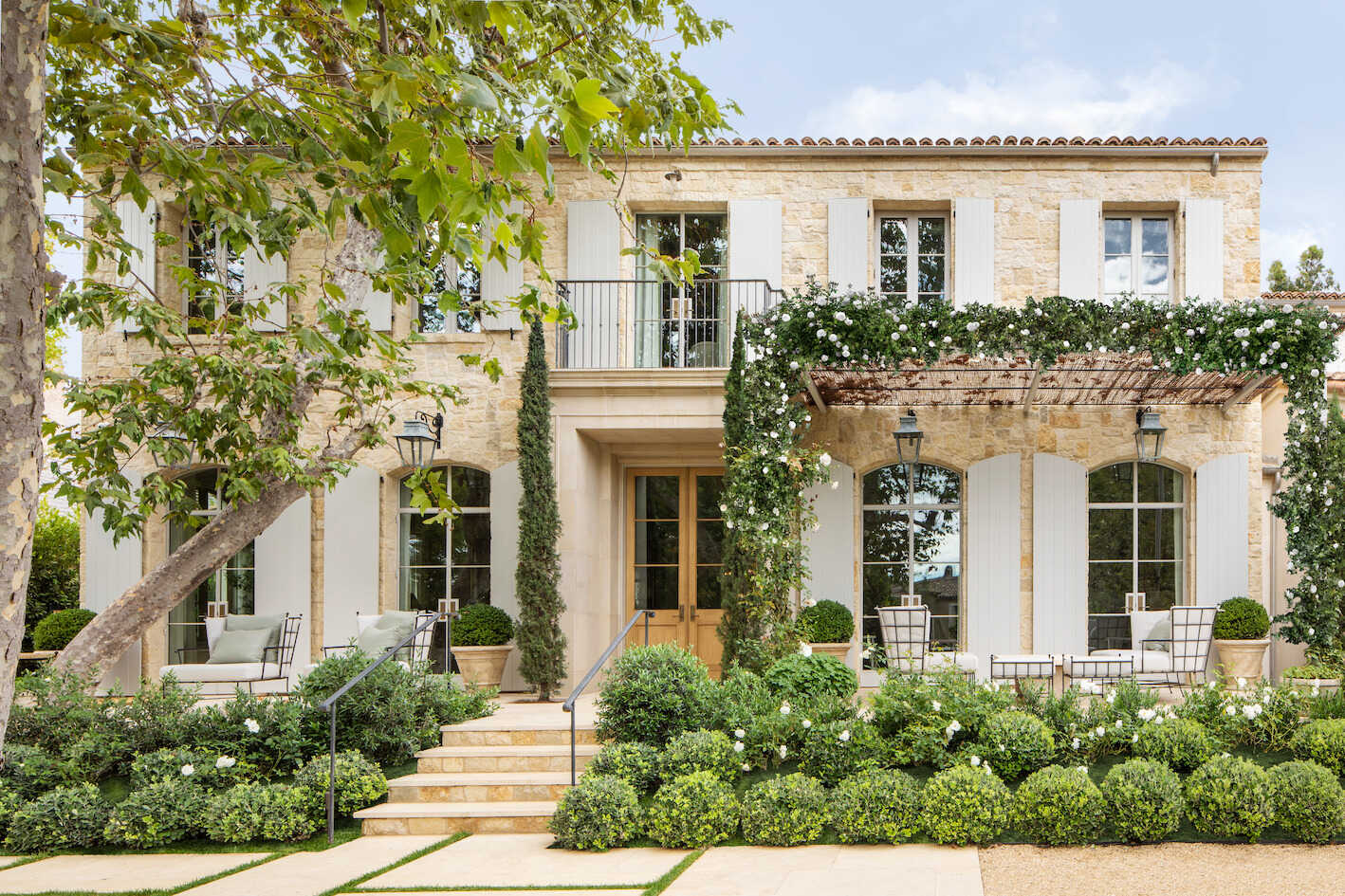
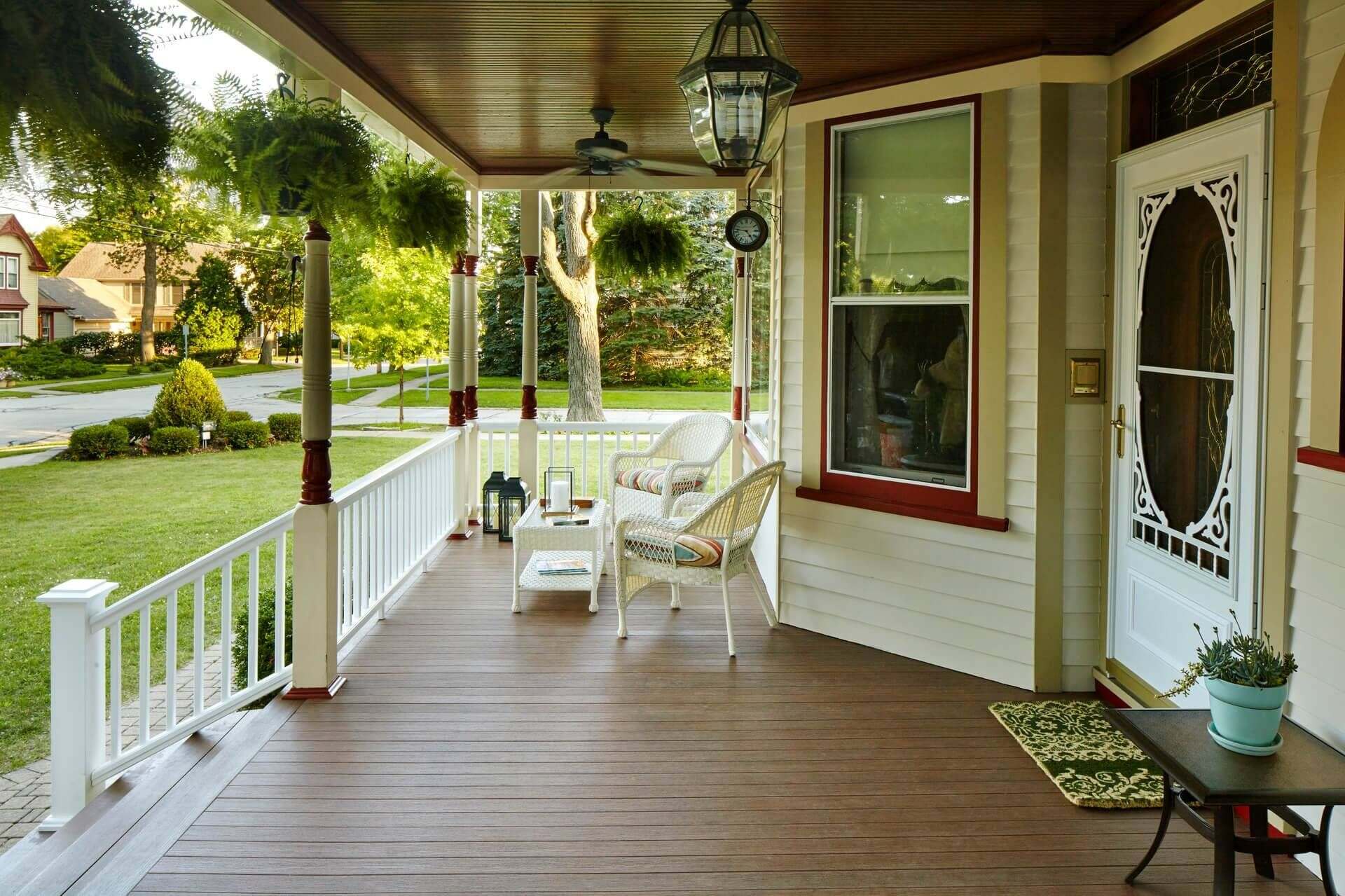






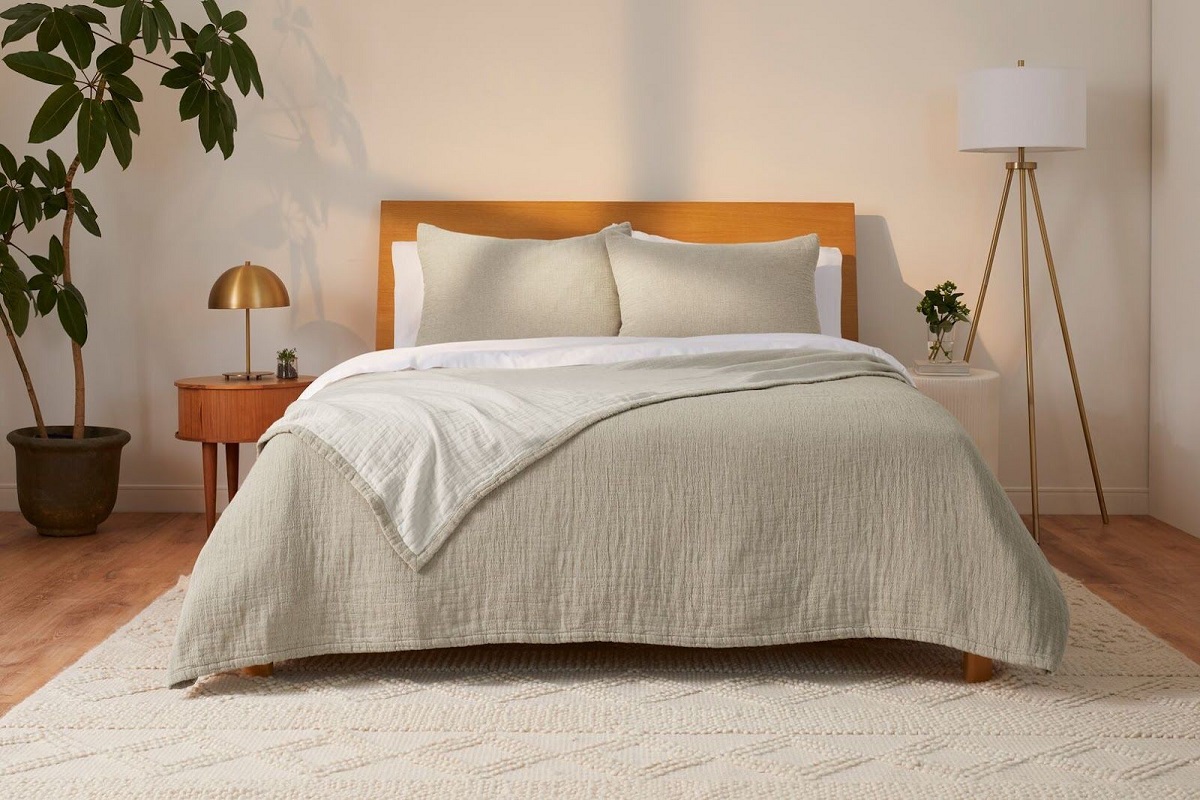
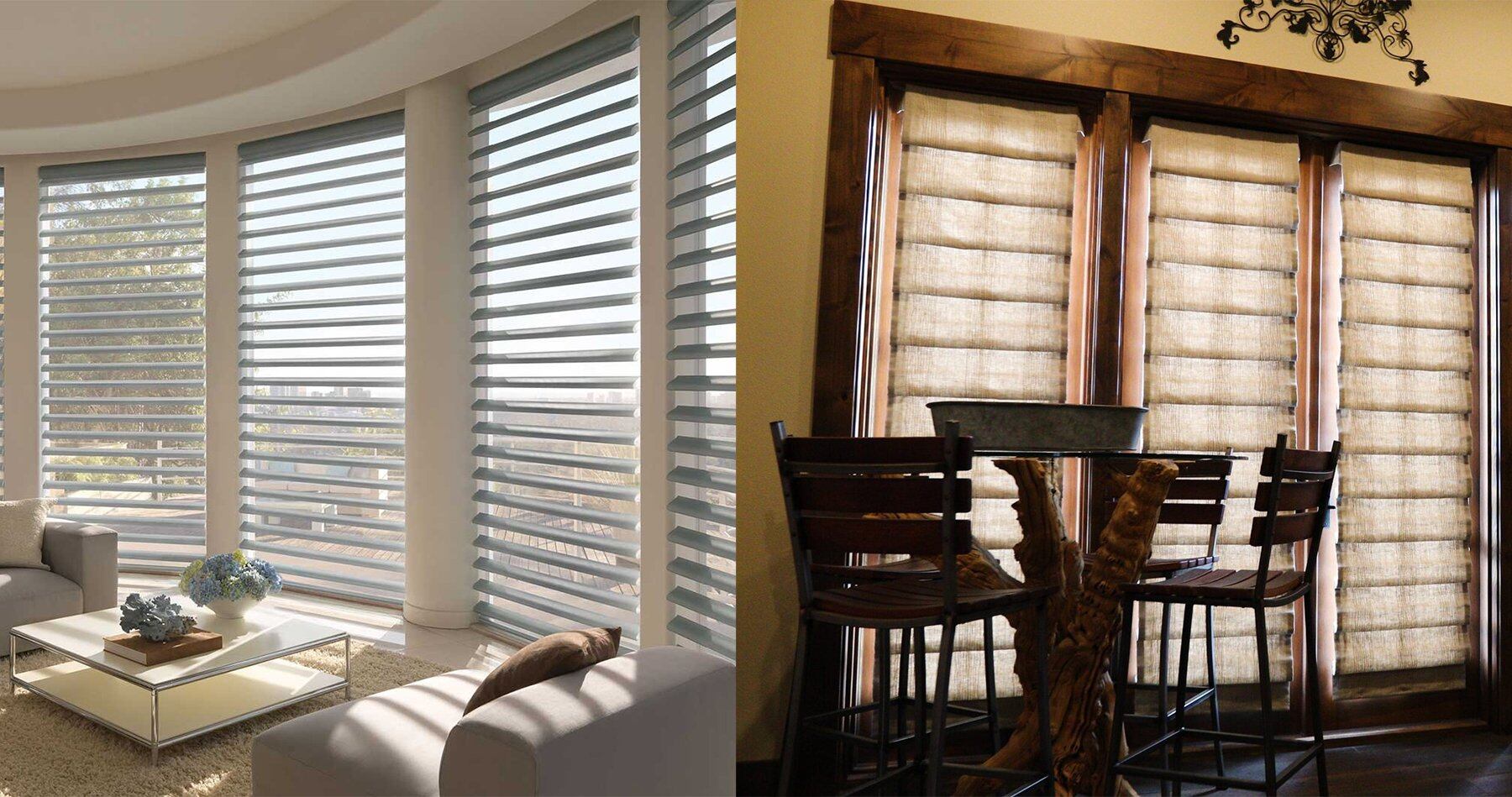
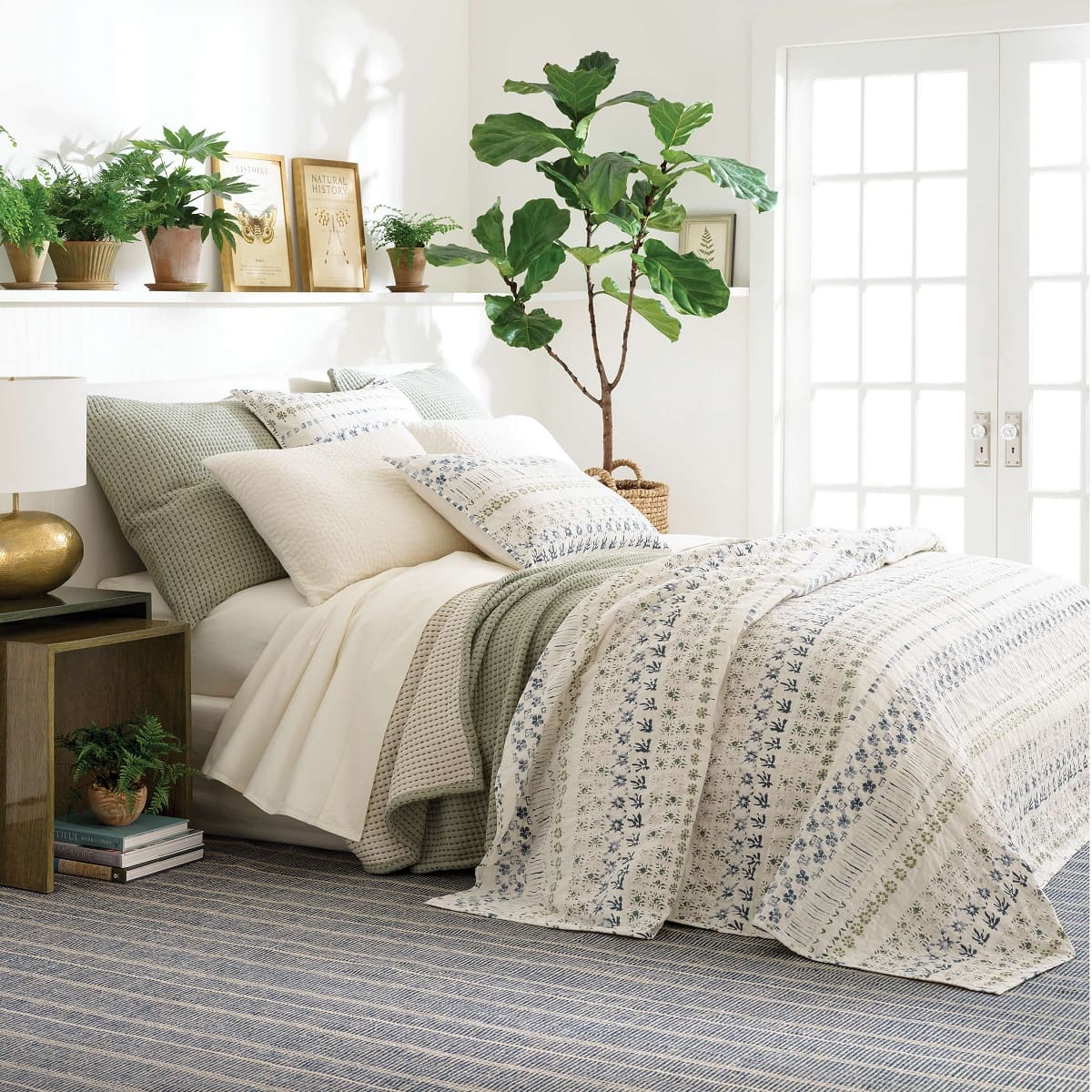
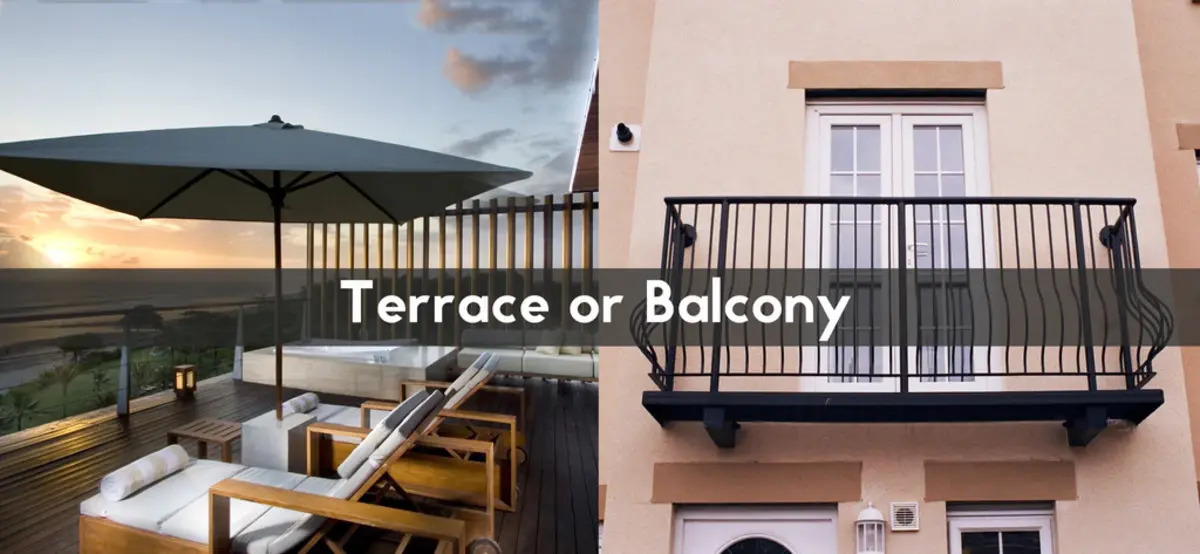
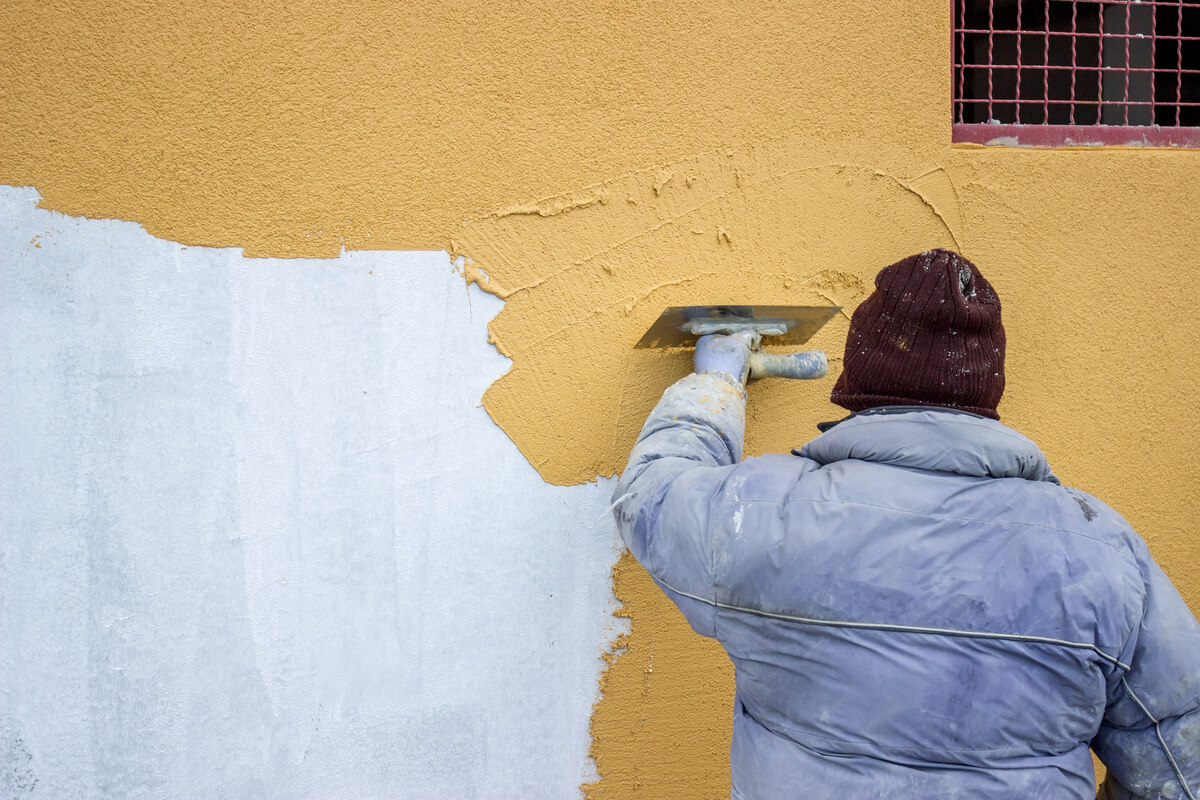

0 thoughts on “What Is The Difference Between Porch And Deck”